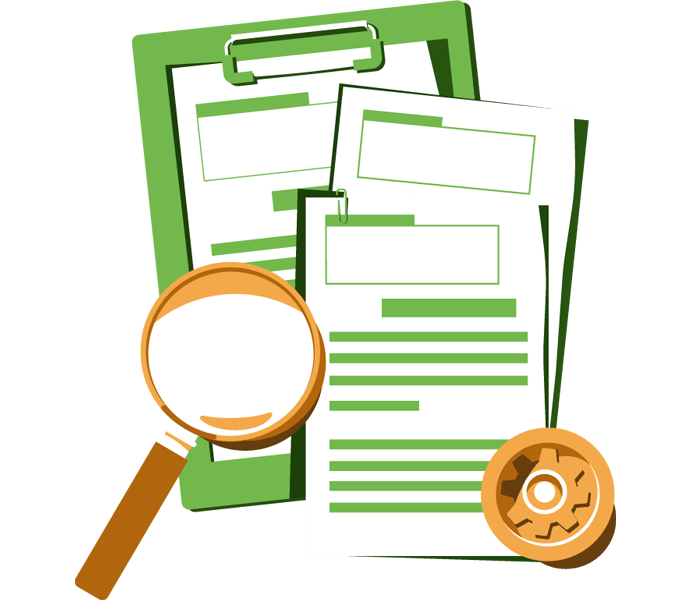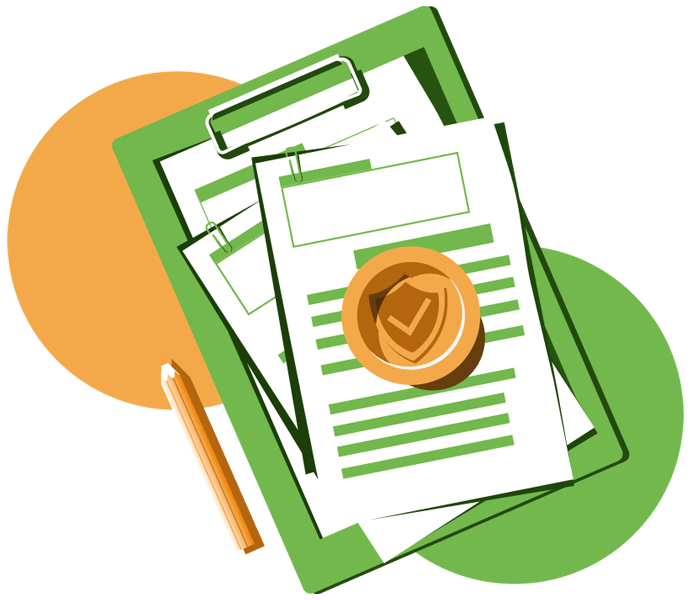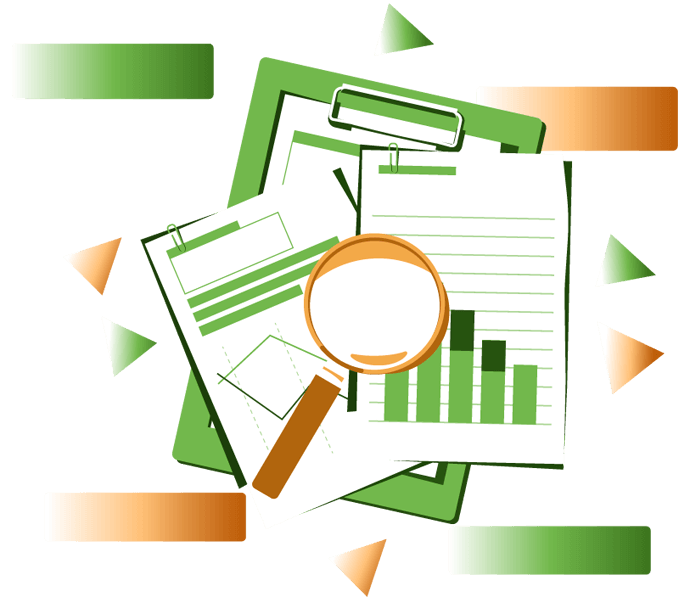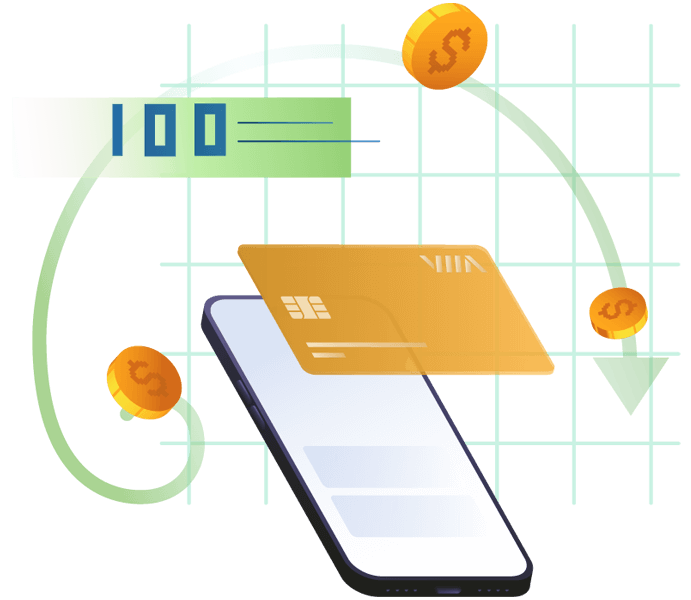Latest Posts

W9 vs. 1099
There are a couple items that we as business owners need to know regarding W9 and 1099 forms.
1. Obtain a W9 from all vendors who are providing services...
1. Obtain a W9 from all vendors who are providing services...

10 Steps to a Successful Audit
1. Plan ahead – To be ahead of the curve, treat audit preparation as a year-long process. By keeping schedules and reconciliations up-to-date throughout the year, you can reduce the...

QuickBooks Tips To Simplify Your Life
1. Use ProAdvisor – ProAdvisor is part of the QuickBooks Intuit Package and connects you with a local accountant who can help get you up and running on the software. They can...

Preventing Occupational Fraud
* If you run a small business, chances are you have a few employees that are in charge of several different areas of the organization. Split up the duties among...

Recognizing Occupational Fraud
Types of occupational fraud include embezzling, insider trading, forging checks, expense reports and vendor invoices.
* Invoices from fake vendors – an employee can create a fictitious vendor, mail a...
* Invoices from fake vendors – an employee can create a fictitious vendor, mail a...

Basic Accounting Terms All Business Owners Should Know – General Terms
1. Accounting Period: The period communicates the span of time that is reported in the statements.
2. Allocation: The term Allocation describes the procedure of assigning funds to various accounts...
2. Allocation: The term Allocation describes the procedure of assigning funds to various accounts...

Basic Accounting Terms All Business Owners Should Know–The Balance Sheet
1. Accounts Payable – All Expenses a business has incurred but has not paid yet.
2. Accounts Receivable – All revenue (sales) that a company has provided but has not...
2. Accounts Receivable – All revenue (sales) that a company has provided but has not...

Basic Accounting Terms All Business Owners Should Know–Income Statement
1. Cost of Goods Sold (COGS) – Cost of Goods Sold are the expenses that directly relate to the creation of a product or service. An example of COGS would...

Best Practices for Repaying your Loan
1. Make a budget – To ensure the money is always there, it’s best to make a budget—or adjust your budget if you already have one. By keeping track of...

QuickBooks tips cont.
1. Use the QuickBooks Audit Trail to protect against risk
The QuickBooks Audit Trail quickly bolds and italicizes any transaction that has been manipulated or changed. If more clients are using...
The QuickBooks Audit Trail quickly bolds and italicizes any transaction that has been manipulated or changed. If more clients are using...

Why you should file your taxes early
When tax season comes around many people tend to wait until the last minute to file their tax returns, but there are many reasons as to why you should file...

Bookkeeper vs. Accountant
Bookkeeping is more focusing on entering and recording transactions where accounting is more about giving the business insight based on the bookkeeping information.
...

Should a business owner or the office manager do the bookkeeping?
When you own a small business there are a lot of things that you must keep track of and at times it can get overwhelming. Some business’s will have their...

1099 vs W2
1099 employees are considered independent contractors who are self-employed. A W2 employee is an employee who receives a regular wage along with benefits. A W2 employee has taxes already taken from...

QuickBooks Online vs. QuickBooks Desktop
With Intuit’s QuickBooks Online taking up more and more of the bookkeeping software spotlight every day, it’s time to settle the debate. Is the Online version of everyone’s favorite accounting...

